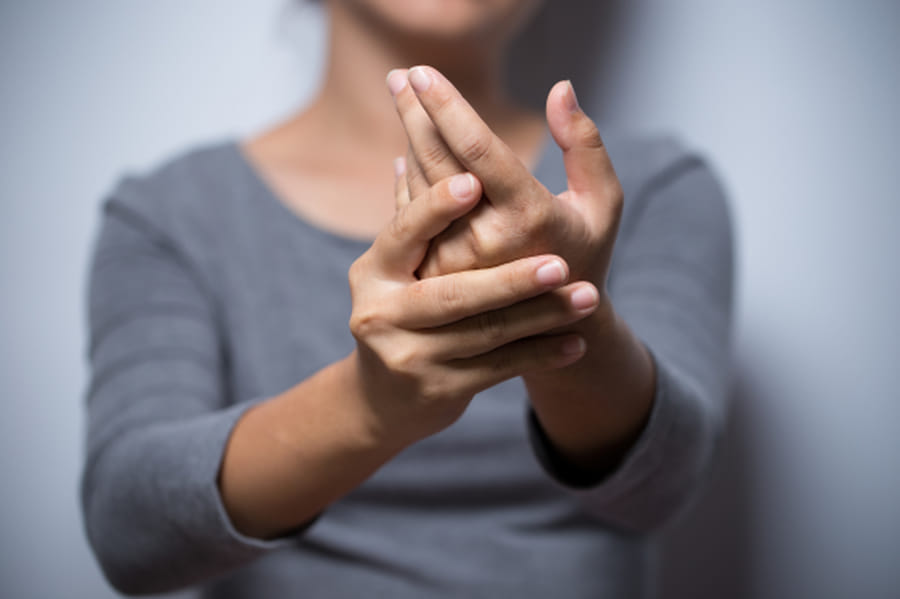Neuropathy: The Hidden Pains You Shouldn’t Ignore

Have you ever felt a strange numbness or buzzing in your toes and wondered if it was something serious—or just temporary? These small moments of discomfort can seem insignificant at first, but they might be your body’s early signs of a bigger issue.
In many cases, those subtle sensations are connected to something called neuropathy, a condition related to nerve changes in the body. But unlike more visible or well-known conditions, neuropathy often hides in plain sight. It slowly chips away at comfort, movement, and independence.
What makes it even more challenging is that neuropathy doesn’t always show up in obvious ways. It might start with a light tingling or occasional balance issues. Over time, however, it can impact everyday life—making even simple tasks like walking or putting on socks more difficult.
In this blog, we’ll uncover the “hidden pains” of neuropathy, explore how it quietly affects daily routines, and share proactive steps that can help you or your loved ones better manage it.
What Is Neuropathy?
Neuropathy refers to issues in the nerves that carry signals between the brain and body. When these signals become disrupted or weakened, people can experience unusual sensations or trouble moving comfortably.
While the condition can affect different parts of the body, it most commonly shows up in the feet and hands. Why? These are the areas furthest from the spine and are more vulnerable when blood sugar, circulation, or nerve health becomes imbalanced.
Neuropathy can stem from various sources, including medical conditions, past injuries, or even certain medications. However, it’s often associated with people who have lived with diabetes for some time, as long-term high blood sugar can influence nerve function.
Because neuropathy progresses slowly, many overlook its signs. It might just seem like “getting older” or being tired after a long day. That’s what makes it so sneaky—by the time the signs are clear, daily routines are already being affected.
Recognizing what’s happening and knowing what to look for is the first step in taking action. Let’s look closer at how these hidden effects show up in day-to-day life.
The Subtle Ways Neuropathy Affects Daily Life
Neuropathy doesn’t always knock on the door loudly. More often, it creeps in with signs that seem unrelated at first.
Some of the most common experiences include:
- Mild tingling in the feet, especially at night.
- Cold feet or hands even when the room is warm.
- A feeling of “walking on cotton”—where the floor doesn’t feel solid.
- Difficulty buttoning shirts or picking up coins due to reduced sensation.
- Occasional imbalance that becomes more frequent.
These sensations can come and go, making them easy to dismiss. But over time, they may grow more intense or frequent, leading to moments where standing for long periods becomes uncomfortable, or where walking across the room feels like a chore.
These issues may lead to less physical activity, which can cause more stiffness and further limit mobility. Sleep may be interrupted by buzzing sensations or discomfort in the legs. Over weeks or months, these small changes may reduce confidence in movement—sometimes even leading to falls or other injuries.
Another hidden challenge? Emotional impact. When movement becomes harder, it’s natural to avoid activities that once brought joy—like gardening, walking the dog, or going to the store.
By understanding these signs and seeing the connections, people can begin making informed choices that protect their independence and support long-term well-being.
Early Action Matters
Because neuropathy can’t always be reversed, early steps are key. The sooner it’s identified and supported, the more manageable it tends to be.
Small changes can make a big difference, especially when guided by professionals who understand the mechanics of the body. Early support might include:
- Gentle exercise plans designed to improve balance and circulation.
- Strategies to improve awareness of foot safety and prevent unnoticed injuries.
- Education on how to adjust routines for safer, more comfortable movement.
Just as important as the strategies themselves is understanding that everyone’s experience is different. What works for one person may not work for another. That’s why a tailored approach, grounded in evidence and experience, makes all the difference.
Workshops, group classes, and educational sessions can also be a great starting point. They create a space where people can ask questions, share stories, and learn from others going through similar changes—removing the isolation that sometimes comes with nerve discomfort.
What Can Help?
While there is no one-size-fits-all solution, there are many helpful tools and habits that people living with nerve-related discomfort can explore.
Some of these include:
- Footwear changes: Wearing shoes with proper cushioning can improve daily comfort and reduce stress on vulnerable areas.
- Targeted stretching: Gentle exercises focusing on the lower legs and feet can encourage circulation and nerve mobility.
- Mind-body practices: Activities like tai chi or gentle yoga can support body awareness and control, which may help with balance.
- Regular check-ins with professionals: A physiotherapist or movement expert can help monitor changes and keep you on the right track.
Additionally, non-invasive approaches such as manual therapy or guided balance training may offer support by reinforcing safer movement patterns and enhancing body control.
It’s important to remember that consistency is key. Progress often happens gradually, not overnight. However, staying committed to a plan—and surrounding yourself with professionals who understand—can help you build confidence, step by step.
By incorporating these ideas into a personalized plan, people can feel more in control of their health and movement.
Conclusion
Neuropathy may be a quiet condition, but its effects don’t have to go unnoticed or unmanaged. The key lies in learning to recognize early changes, staying proactive, and working with trusted experts who can guide the journey forward.
Whether it’s tingling toes, subtle balance issues, or general discomfort, there are steps you can take today to support long-term wellness and preserve the lifestyle you enjoy.
Workshops, professional guidance, and natural strategies offer a path forward. And with a bit of support, many find that the hidden challenges of neuropathy don’t have to define what’s possible tomorrow.
